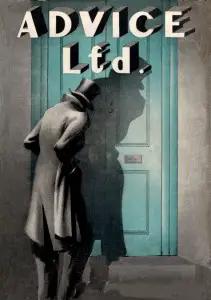
I debated whether I wanted to tackle this absurd article, and then finally sighed and capitulated to myself. I can’t help but wonder if the individual who wrote these rules ever wrote, or had a mystery published. I can’t imagine the possiblity. The rules are so off and odd, and well, here they are, one by one.
1. In mystery writing, plot is everything.
Because readers are playing a kind of game when they read a detective novel, plot has to come first, above everything else. Make sure each plot point is plausible, and keep the action moving. Don’t get bogged down in backstory or go off on tangents.
Plot is everything. Maybe, if you are Agatha Christie and wrote in the 1930s. Since that time, writers have found that character plays an important role in the workings of a mystery
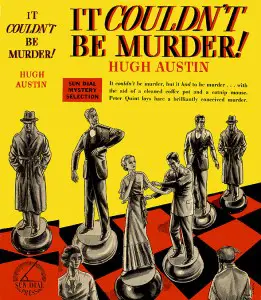
novel, sometimes to the point where plot isn’t of interest. Is it then a mystery? Depends on how you define mystery novel, but I’d have to say yes, because there is a plot in every book, mystery or straight fiction, but the plot isn’t always the focal point. P. D. James, the celebrated novelist of slews of detective fiction, has a great dislike for the Agatha Christies of the mystery world, because so much emphasis is place on plot, and little or none on character. Yet, I don’t believe anyone can quarrel in my stating that James has written superb plots as well as deep characterizations and sense of place. ‘Don’t get bogged down in backstory.’ I’ve always heard that every thing written in a crime novel should move the plot along–but that doesn’t mean that backstory can’t do that as well. It depends on how and when the history of characters are introduced. You can’t have a book with no glimpse of character and plot history. Bogging down? Not sure what that means. Going off on tangents–I can only guess if you are discussing the method of murder, and it turns out to be bologna, don’t start writing about how good Oscar Meyer wieners are. Maybe?
2. Introduce both the detective and the culprit early on.
As the main character, your detective must obviously appear early in the book. As for the culprit, your reader will feel cheated if the antagonist or villain, enters too late in the book to be a viable suspect in their minds.
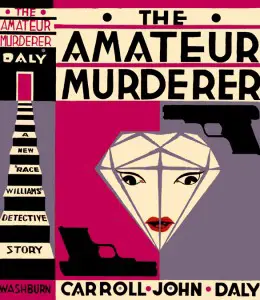
Whaaaaaat? I’m not sure how to discuss this point, it is so arbitrary and quite frankly silly. A well written novel can introduce the detective a third of the way through the book, or further along. The detective is there to sort clues and come to a conclusion, the characters within the murder situation can continue quite nicely without the detective for some time. As for the bad guy, when is soon enough for the reader to decide the character is a viable suspect? This is taking a lot for granted of the reader. Unless the reader is of limited intelligence, I believe they can and will be able to handle a suspect entering whenever it behooves the story for that character to enter. I’ve read many mysteries where the person ending up being responsible for the deed was barely in the book. Or if introduced early, the importance of that character was not glowing in neon pen light. Part of a mystery is to actually have a mystery, and that means the author can play all sorts of twists and tricks on a reader–unless you are keeping within the old fashioned ‘fair play’ rules. ‘Fair play’ means every clue as to the murderer has been laid out for the reader, every plot point dotted with an i, every suspect equally guilty, and the detective nods to the invisible reader–‘did you get it? Did you figure it out? It’s Mrs. White in the Conservatory with a Knife.’ If you’re playing the game of Clue, this rule works.
3. Introduce the crime within the first three chapters of your mystery novel.
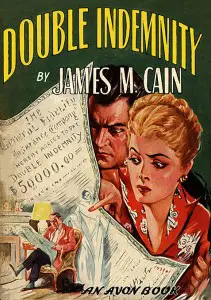
The crime does not have to be committed within that limited time frame—unless you can’t write to sustain a reader. And I feel, if you can’t write to sustain a reader, murdering the poor slob in the first page, won’t sustain the reader either. But, today’s editors do demand a quick death, from what I’ve heard from writers. I suppose only the tried and true pros such as Ruth Rendell can get away with delay. And if I remember correctly, her detective series now usually begins with the murder done. I don’t believe it was always this way and certainly in the more psychological of her books, under her pen name, Barbara Vine, the murder may not occur until the end.
4. The crime should be sufficiently violent — preferably a murder.
5. The crime should be believable.
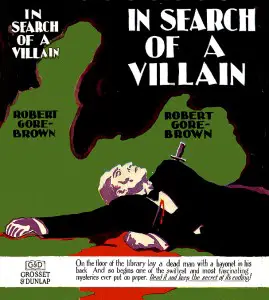
Oh my word. Believable. Ok. Without rape, and all those other nasty things that are still taboo, what would make the crime believable? You mean that a poisoned dart full of a mystic solution that in reality doesn’t exist shouldn’t be used as a murder weapon? Well, then throw out all those Golden Age Mysteries the author of this article has seemed to be referring to, because they loved nothing more than to create exotic ways to off people. Convoluted and ‘impossible’ crimes abounded. Locked room mysteries were highly popular. By this rule, those types of murders should be avoided, but at the same time all the other rules that compliment the older plot lines a writer is told to adhere to. Mixed messages? The reader will feel cheated–there she goes again, deciding for the reader. I hate to say this, but yes, reality is stranger than fiction, and some of the ways people have murdered other people are not to be believed. I guess they shouldn’t be recounted in a mystery novel for fear of disappointing the skeptical reader.
6. The detective should solve the case using only rational and scientific methods.
7. The culprit must be capable of committing the crime.
8. In mystery writing, don’t try to fool your reader.

The disappointment for a true mystery reader is when the solution is so obvious it sticks out from chapter 3. Improbable disguises? Why not–well, the improbable part may not work, but disguises are always a handy way to escape notice. Twins are a great plot twister–even if there is nothing whatever to do with there being twins in the solution–the red herring is enough. Supernatural–well, there you have me. No, I don’t want some ghost having committed the crime, unless it takes place on another plane of existence. Other than the last one, fool me, please!
9. Do your research.
10. Wait as long as possible to reveal the culprit.
http://fictionwriting.about.com/od/genrefiction/tp/mysteryrules.htm

Every one of those ten rules seems like common sense all on their own. All together on one list they seem to gain more power and authority. This is definitely a case of the whole being greater than the sum of its parts. Thanks for the excellent post!